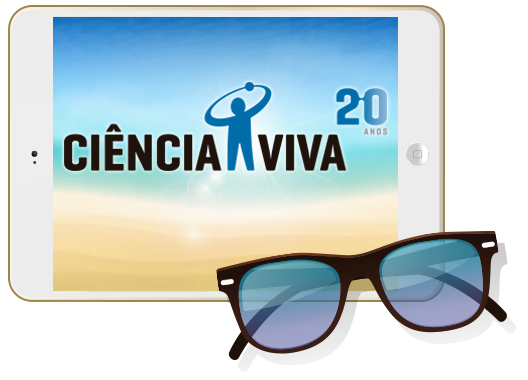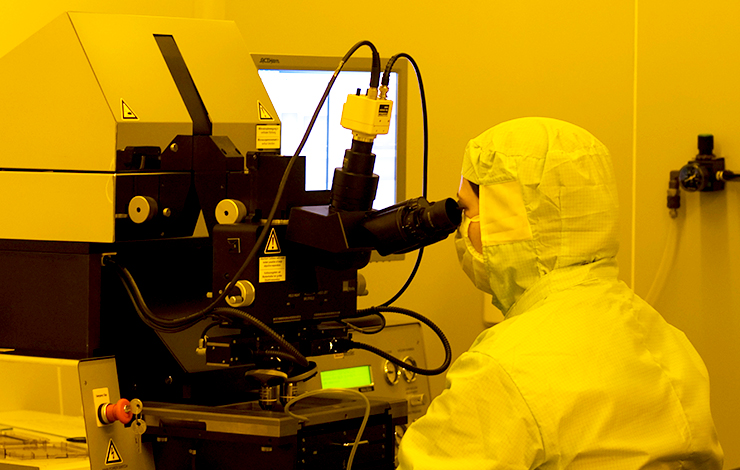Seminar: Printed Electronics (BET-EU)

Seminar: Printed Electronics
November 23 (Wednesday), 2016 | 16:00 - 17:30
Place: Anfiteatro Ed. UNINOVA
Livestream: https://www.youtube.com/watch?v=hf7dHADwX5Q
16:00 - 16:30 Printing activities at CENIMAT|i3N
Additive printing creates 3D objects by adding layer-upon-layer of material, whether the material is plastic, metal, concrete or even biological material, such as human tissue. Additive printing techniques, such as screen-, flexo- and inkjet-printing enable cost efficient mass manufacturing of electrodes and other functional materials on large and flexible substrates, with a broad area of applications and huge business potential. Additive printing methods allow the realization of 3D-printed structures, changing the whole system of producing electronic devices, including the design and manufacturing phases, material selection, device structure and architecture. Add together, printed electronics offers better economics to electronics manufacturing. Printed intelligence at CENIMAT|i3N has a wide range of applications in several distinct areas, such as biosensors as diagnostics, microfluidics, transistors and circuits on paper and electrochromic displays.
16:30 - 17:30 Inkjet printing of functional products - Dr. Liisa Hakola (VTT – Finland)
Printed functionality are components and systems which extend the functions of printed matter beyond traditional visually interpreted text and graphics, and perform actions as a part of functional products or wider information. There are analog (screen, flexography, gravure) and digital (inkjet) printing methods suitable for manufacturing functional products such as electronics, optics, displays, sensors and power sources. This presentation will focus on the opportunities and the challenges of inkjet printing technology: from ink formulation and drop generation, to layer formation and drying. Also, topics related to upscaling inkjet printing process from laboratory scale to industrial scale will be considered. Examples of inkjet printed components and devices developed by VTT will be presented including visual indicators, sensors, electronic circuits and fuel cells.
November 23 (Wednesday), 2016 | 16:00 - 17:30
Place: Anfiteatro Ed. UNINOVA
Livestream: https://www.youtube.com/watch?v=hf7dHADwX5Q
16:00 - 16:30 Printing activities at CENIMAT|i3N
Additive printing creates 3D objects by adding layer-upon-layer of material, whether the material is plastic, metal, concrete or even biological material, such as human tissue. Additive printing techniques, such as screen-, flexo- and inkjet-printing enable cost efficient mass manufacturing of electrodes and other functional materials on large and flexible substrates, with a broad area of applications and huge business potential. Additive printing methods allow the realization of 3D-printed structures, changing the whole system of producing electronic devices, including the design and manufacturing phases, material selection, device structure and architecture. Add together, printed electronics offers better economics to electronics manufacturing. Printed intelligence at CENIMAT|i3N has a wide range of applications in several distinct areas, such as biosensors as diagnostics, microfluidics, transistors and circuits on paper and electrochromic displays.
16:30 - 17:30 Inkjet printing of functional products - Dr. Liisa Hakola (VTT – Finland)
Printed functionality are components and systems which extend the functions of printed matter beyond traditional visually interpreted text and graphics, and perform actions as a part of functional products or wider information. There are analog (screen, flexography, gravure) and digital (inkjet) printing methods suitable for manufacturing functional products such as electronics, optics, displays, sensors and power sources. This presentation will focus on the opportunities and the challenges of inkjet printing technology: from ink formulation and drop generation, to layer formation and drying. Also, topics related to upscaling inkjet printing process from laboratory scale to industrial scale will be considered. Examples of inkjet printed components and devices developed by VTT will be presented including visual indicators, sensors, electronic circuits and fuel cells.











